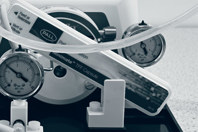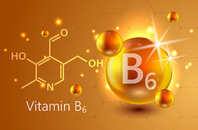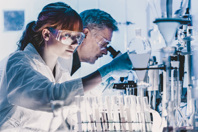
ABOUT CYTIVA
With a rich heritage dating back hundreds of years, Cytiva brings a wealth of technical expertise and talent, a broad and deep portfolio, and exceptional service help researchers and biopharma advance therapeutics at every stage from discovery to delivery.
We supply the tools and support our customers need to work better, faster, and safer, leading to the delivery of transformative medicines to patients. Our combined portfolio includes well-recognized names such as Allegro™, Supor™, iCELLis™, and Kleenpak™, in addition to ÄKTA™, Amersham™, Biacore™, FlexFactory™, HyClone™, MabSelect™, Sefia™, Whatman™, and Xcellerex™. Visit cytiva.com to learn more.
CONTACT INFORMATION
Cytiva
100 Results Way
Marlborough, MA 08855-1327
UNITED STATES
Phone: 800-526-3593
FEATURED ARTICLES
-
Learn about tangential flow filtration (TFF), typical TFF system configurations, ultrafiltration fundamentals, applications, system selection considerations, and more.
-
Learn more about the potential of microRNAs as therapeutic targets being investigated for a number of different disease states.
-
By employing a simple strategy many different lab protocols where filtration is required can be accelerated. Learn more about automation-friendly 96-well filter plates that enable more samples to be filtered in one go.
-
Learn more on the importance of sterile filtration and how sterile filters are validated by the manufacturer and review the process and value of selecting the best prefilter to improve final sterile filtration performance.
-
Learn how ultrafiltration devices in various steps of the cloning workflow can provide a more streamlined process compared to traditional methods of subcloning PCR-generated fragments.
-
This article covers the concepts of protein concentration and diafiltration, comparing different ways of performing diafiltration and their impact on process time, volume, product stability, and recovery.
-
How do you use filtration in HPLC? Why might you not use filtration in HPLC sample prep and in-system, and when is it essential? And how can syringeless filters simplify your workflow, saving resources and time? Let’s find out.







